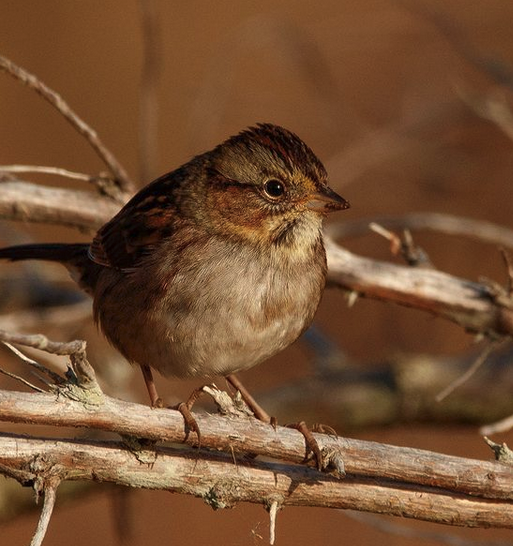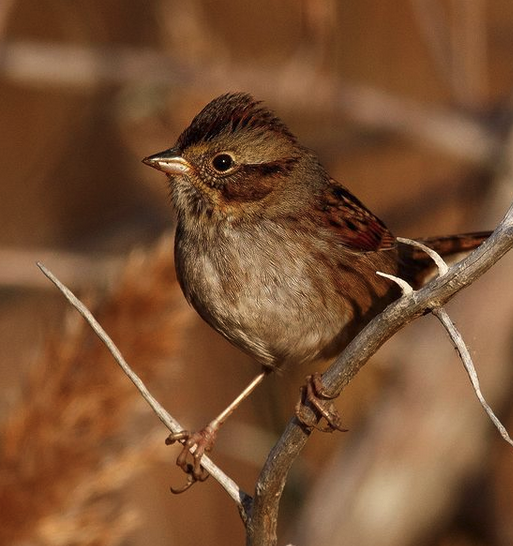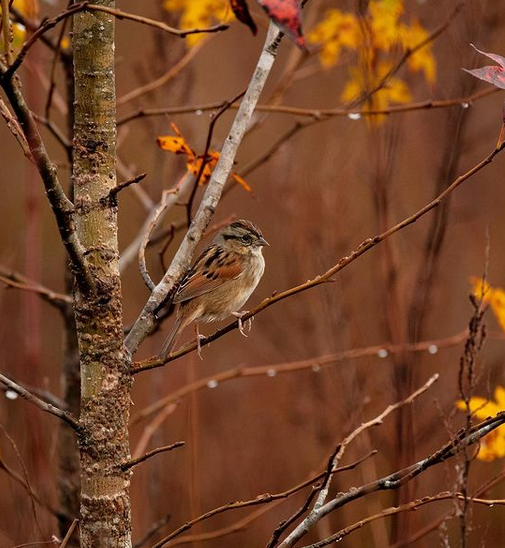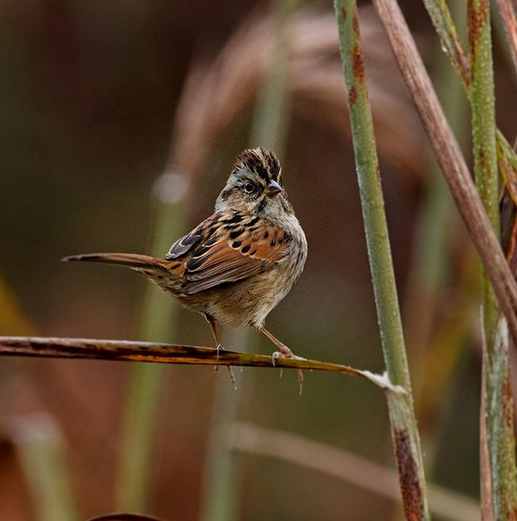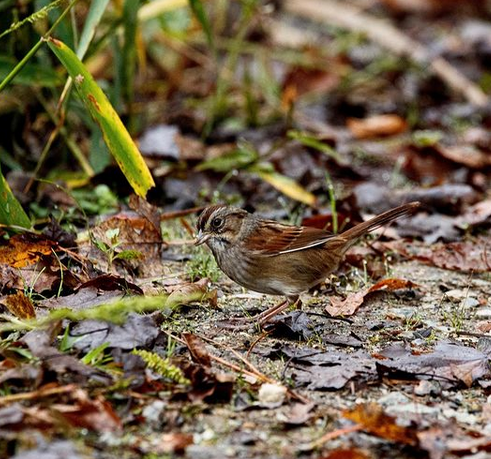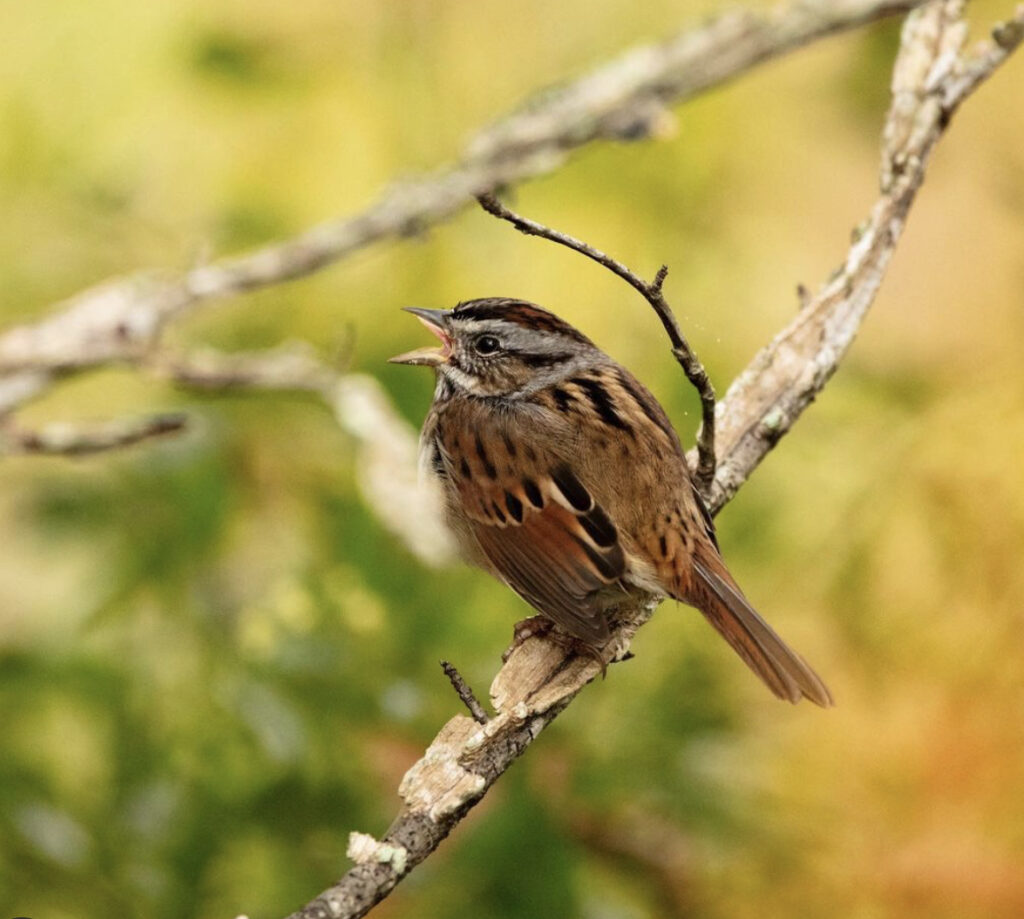Now that cold weather is right around the corner, it’s time to be on the lookout for our wintertime birds like this Swamp Sparrow.
These lovely little ones arrive in North Carolina in early October and although they mostly hang out in our eastern counties their found in varying numbers throughout the state.
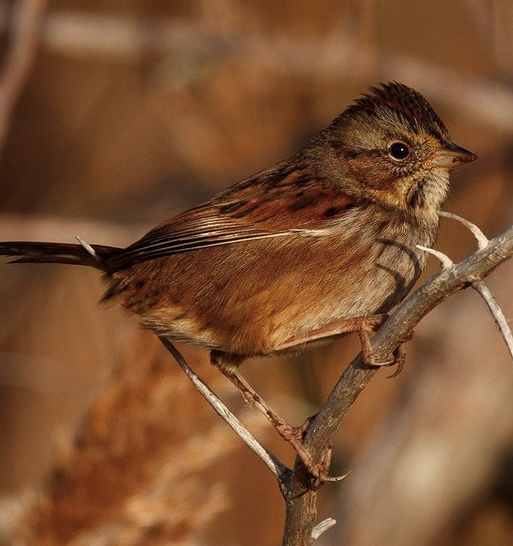
Though their name would suggest otherwise, Swamp Sparrows inhabit many types of different habitats including marshes, wetland thickets, bogs and damp fields. The main thing is that they tend to avoid dry forests so look for them in open areas near a water source with tall grass and dense scrub.
As it goes with most species of sparrows, these guys eat a ton of insects during the spring and summer. Unlike others though Swamp Sparrows have extra long legs which they use to wade into shallow water to hunt for aquatic insects.
Once autumn arrives and insects become scarce, they’ll switch to eating weed and grass seeds which makes them a little easier to find in accessible field areas vs. their wetland summer habitats.
In fact, during the winter Swamp Sparrows will congregate with flocks of Song Sparrows to venture to the edges of agricultural fields and suburban parks to find a snack.
They’ll stick around until early May so we’ve still got plenty of time to enjoy these feathered gems in the season ahead.
Photos by @sally_siko of @birdwatching_nc on my 50 megapixel monster, the mighty @canonusa #5Ds


